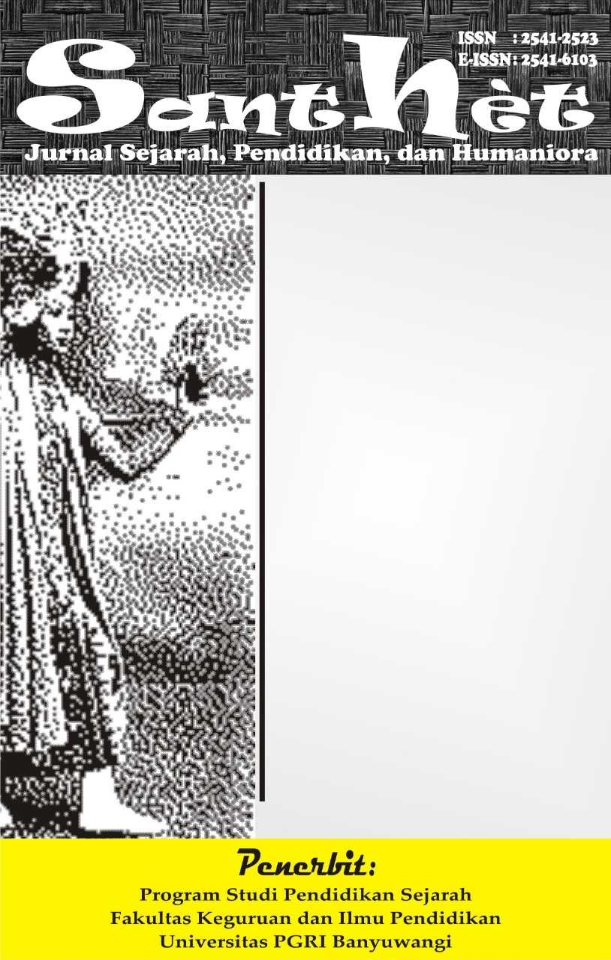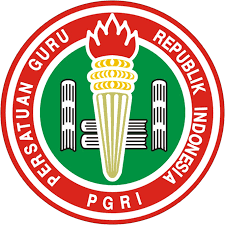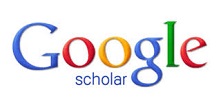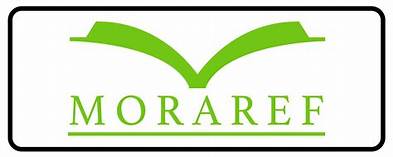THE USE OF FIGURATIVE LANGUAGE IN COPYWRITING OF TECHNOLOGY COMPANIES
Penggunaan Bahasa Kiasan pada Penulisan Iklan pada Perusahaan Teknologi
DOI:
https://doi.org/10.36526/santhet.v9i5.5878Keywords:
Figurative Language, Copywriting, Technology Advertisement, Marketing Communication.Abstract
This study aims to identify the types of figurative language used in the advertising copywriting of global technology companies and analyze its communicative function in conveying messages to the audience. The background of this study is based on the complexity of technology products, which are often difficult for the general public to understand, thus requiring a creative and persuasive communication approach. This study employs a descriptive qualitative method with text analysis techniques on 80 copywriting data from the top five technology companies according to Forbes in 2025, namely Apple, Microsoft, Nvidia, Amazon, and Alphabet. The analysis results indicate that metaphor, hyperbole, and personification are the most dominant types of figurative language used. The primary function of figurative language in technology advertising is to build an emotional connection with the audience, shape brand image, and simplify technical concepts. These findings confirm that figurative language not only enhances the message but also serves as an effective communication strategy to bridge the gap between technology products and consumers. This study is expected to serve as a reference for developing more humanistic and emotional marketing communication strategies in the digital age.
References
Ang, S. H., & Lim, E. A. C. (2014). The influence of hyperbole in advertising on perceived innovation and brand credibility. Journal of Advertising Research,54(1),62–73. https://doi.org/10.2501/JAR-54-1-062-073
Arens, W. F., Weigold, M., & Arens, C. (2011). Contemporary Advertising and Integrated Marketing Communications (13th ed.). McGraw-Hill Education
Aristotle. (2007). Poetics (S. H. Butcher, Trans.). New York: Dover Publications. (Karya asli diterbitkan sekitar 335 SM). https://www.gutenberg.org/ebooks/1974
Burke, K. (1969). A Rhetoric of Motives. Berkeley: University of California Press. https://www.ucpress.edu/book/9780520016101/a-rhetoric-of-motives
Chang, C., Chen, Y. C., & Hung, H. Y. (2019). The power of metaphors: How cognitive metaphors shape consumer understanding of cloud computing.Journal of Consumer Behaviour, 18(5), 387–399.https://doi.org/10.1002/cb.1809
Escalas, J. E., & Luce, M. F. (2020). Interpersonal metaphors in AI advertising: Effects on emotional engagement and brand preference. Journal of Advertising, 49(4),456–472. https://doi.org/10.1080/00913367.2020.1792771
Forceville, C. (2008). Metaphor in Pictures and Multimodal Representations. In R. W. Gibbs Jr. (Ed.), The Cambridge Handbook of Metaphor and Thought. Cambridge University Press. https://doi.org/10.1017/CBO9780511816802.028
Jeong, S. H. (2018). Figurative language in advertising: Comparing effects in textual and video formats. International Journal of Advertising and Marketing, 37(2), 145–162. https://doi.org/10.1080/02650487.2018.1424791
Kotler, P., & Keller, K. L. (2016). Marketing Management (15th ed.). Harlow: Pearson Education Limited.
Leech, G. N. (1969). A Linguistic Guide to English Poetry. London: Longman Group Ltd. https://archive.org/details/linguisticguidet0000leec
Luna, D., & Peracchio, L. A. (2011). The other meaning of fluency: Content accessibility and language in advertising to bilinguals. Journal of Advertising, 40(3), 73–84. https://doi.org/10.2753/JOA0091-3367400306
McQuarrie, E. F., & Mick, D. G. (1996). Figures of Rhetoric in Advertising Language. Journal of Consumer Research, 22(4), 424–438. https://doi.org/10.1086/209459
Moleong, L. J. (2017). Metodologi Penelitian Kualitatif (Edisi Revisi). Bandung: Remaja Rosdakarya. https://opac.perpusnas.go.id/DetailOpac.aspx?id=1134986
Nuraeni. (2020). Pencitraan pada novel berjudul Kamu yang Kutunggu karya Bunga Rosania. Idiomatik: Jurnal Pendidikan dan Bahasa Indonesia, 3(1), 29–34. https://ejournal.iaincurup.ac.id/index.php/idiomatik/article/view/3764
Perrine, L., Arp, T. R., & Johnson, G. (2018). Literature: Structure, Sound, and Sense (13th ed.). Boston: Cengage Learning. https://www.cengage.com/c/literature-structure-sound-and- sense-13e-arp/





























